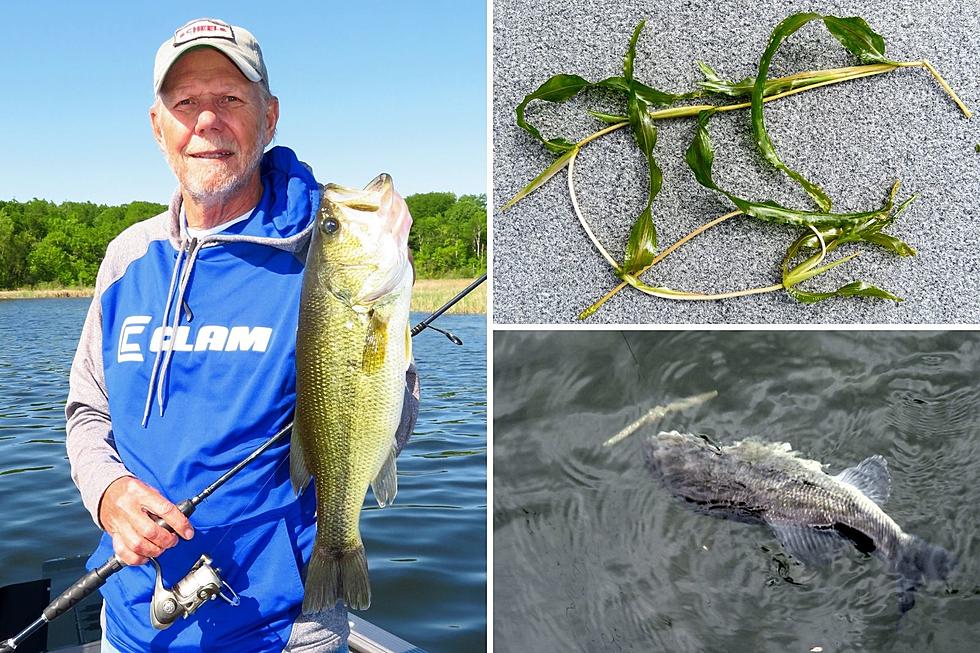
Working the Weed Bite for Bass
When it comes to open water success for largemouth bass, I have one simple philosophy. I stick to targeting some type of weed growth for locating fish.
My early season strategy is to focus on emerging bulrushes. Pre-spawn, spawn, and post-spawn bass can all be found around bulrushes. Bulrushes grow in locations that have a hard bottom which is the perfect habitat for many species of spawning fish. If the bass aren’t doing their spawning thing, there is plenty of food available from other fish that are.
When it comes to working with these shallow fish, I mostly utilize three basic options. A wacky worm is always difficult to beat. This simple, do nothing rig is an incredible fish-catching tool.
My second choice is a Ned rig. Like the wacky worm, it is hard to fish this lure incorrectly. I will use a slow, swimming retrieve or gentle jigging off of the bottom technique. It is amazing what it will catch.

Twitch baits are my third choice for shallow, spring fish. The injured minnow appeal is something bass have a hard time refusing.
Early summer is when fish start moving deeper into the weeds. If there is one weed I am looking for, it is cabbage. This weed is home to lots of fish species but is one of the favorite haunts of largemouth bass.
On some of the lakes I fish, bass will stay in the cabbage all summer long. If you can find good beds of cabbage growing out of eight to twelve feet of water, it more than likely will be holding bass. Fish it!
Although these mid-depth fish will still readily take a wacky worm or a Ned rig, both of these are slower presentations. Because of this, I do incorporate a jigworm, as well.
The jigworm is an awesome lure that comes through weeds better than one would think. If I am having issues with snagging soft weeds, I will switch to a weedless jighead or sometimes a Texas rig. Whatever you use, make sure you are working the base of the weeds.
As summer wears on and the water warms, many bass will migrate to the deep weedline. In my opinion, the deep weedline is the interstate of the underwater world. Fish of all species will use this deep travel route from time to time.
From my experience, bass will often school up on deep weedline locations. It is not uncommon to pull a dozen or more fish out of one school of bass. When you do hook-up on a deep fish, work the area thoroughly.
To find these fish, position your boat outside of the weedline and cast shallow with a jigworm, Texas rig or skirted jig. Work your rig through the weeds and down the incline to the deep weedline and just beyond.
Like walleyes, these deep fish will relate to points, subtle irregularities and inside turns. Small mid-lake humps that have weed growth on top can also be productive. Once deep fish are located, I find they often use the same haunts year after year. GPS waypoints can be helpful for relocating these hideaways.
My entire open water bass fishing calendar revolves around working some type of weed growth. Weeds and largemouth bass simply go hand-in-hand. It is not a complicated procedure that takes years of refinement. Instead, it is a simple strategy that catches fish.
20 of the Hardest Lake Names to Pronounce in Minnesota
7 Countries That Are Roughly the Same Size as Minnesota
More From AM 1240 WJON









